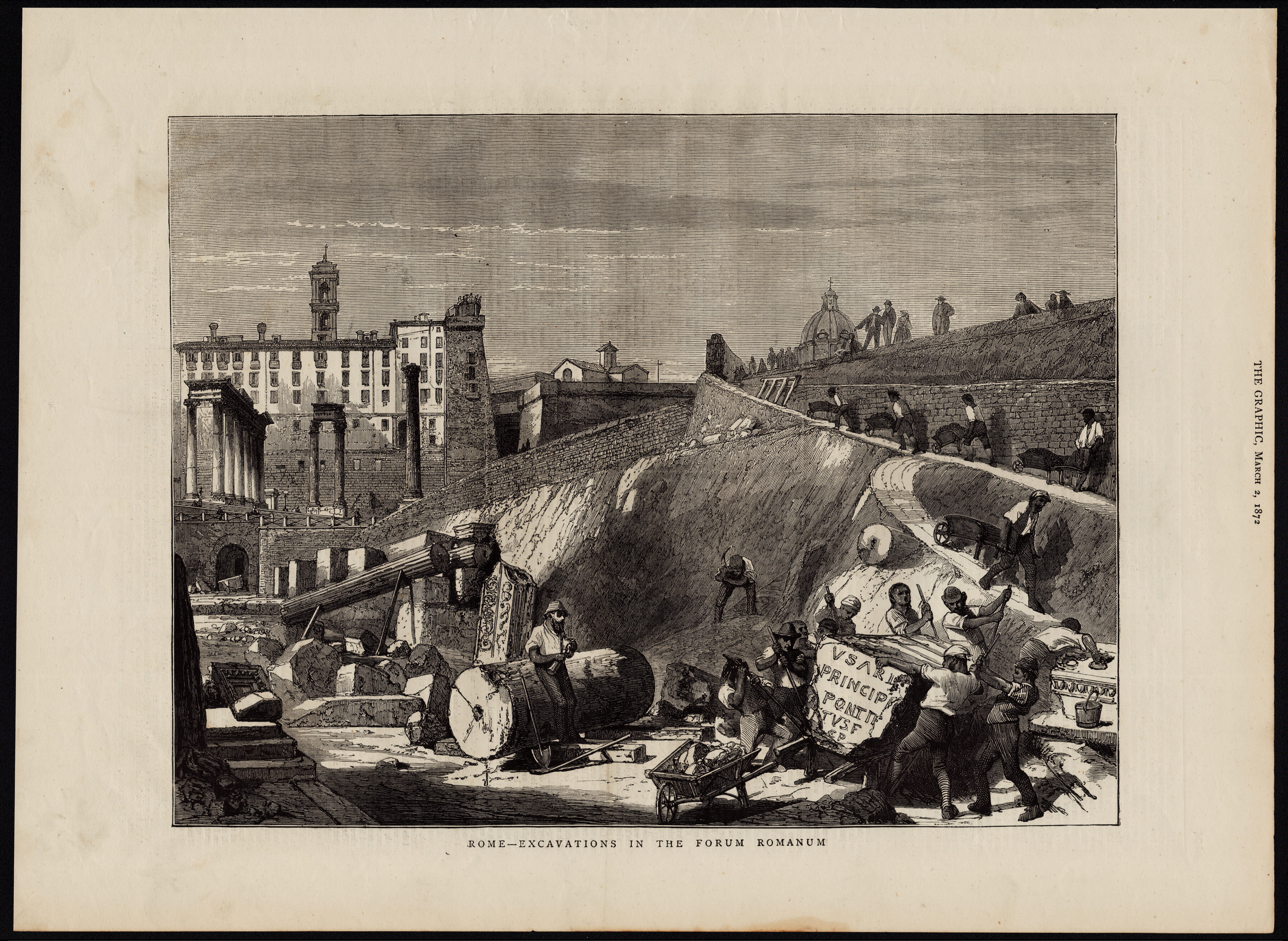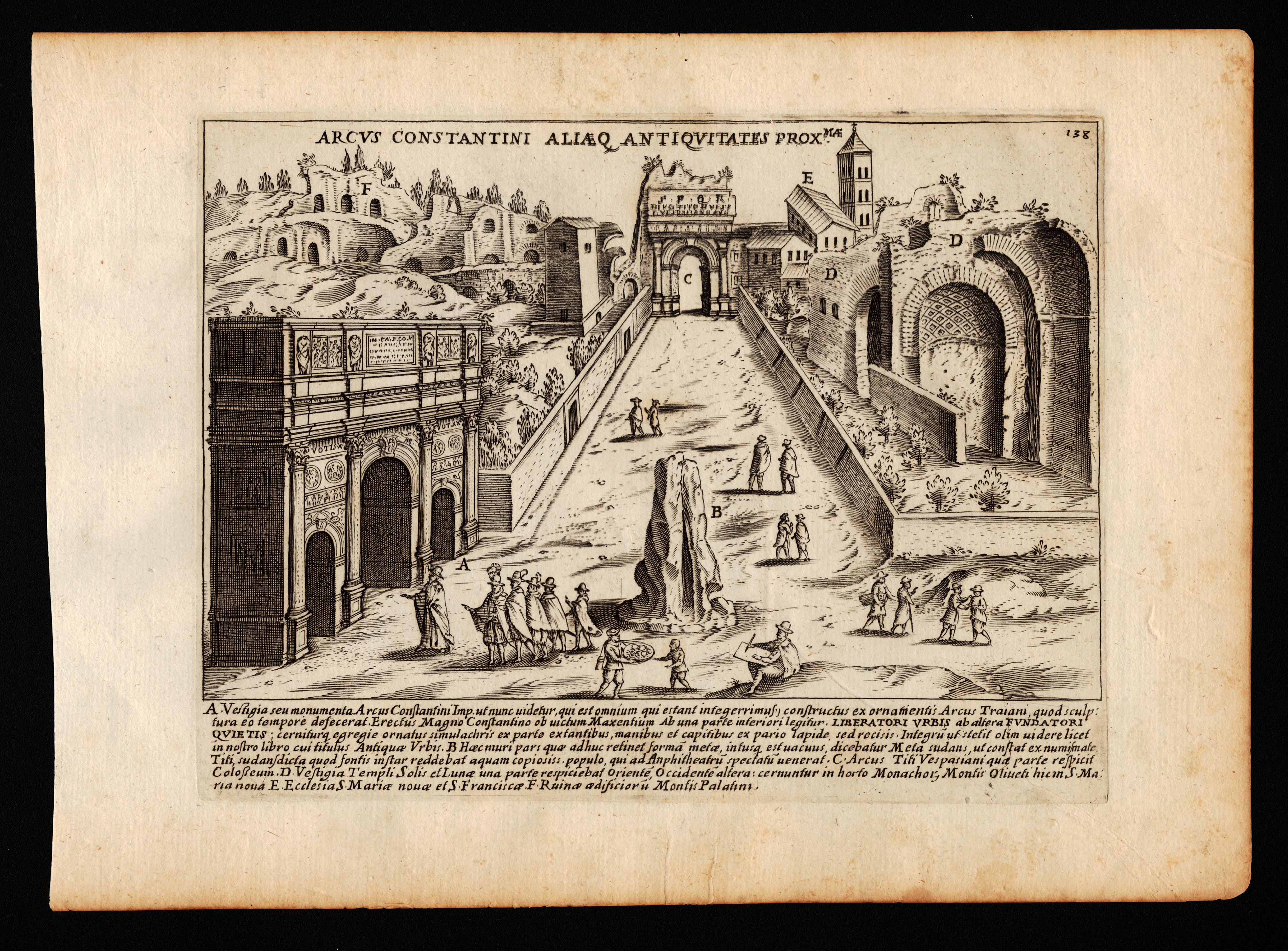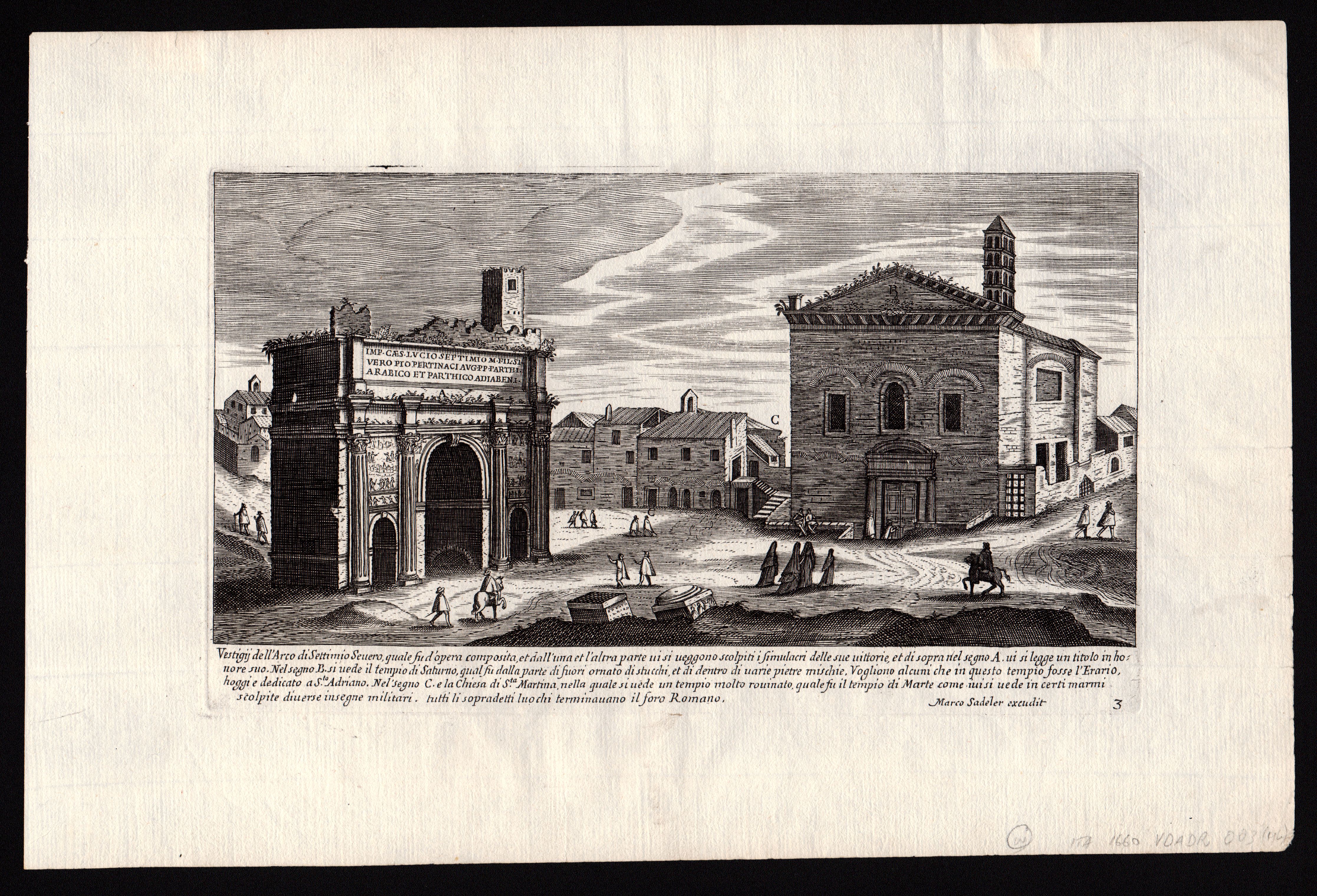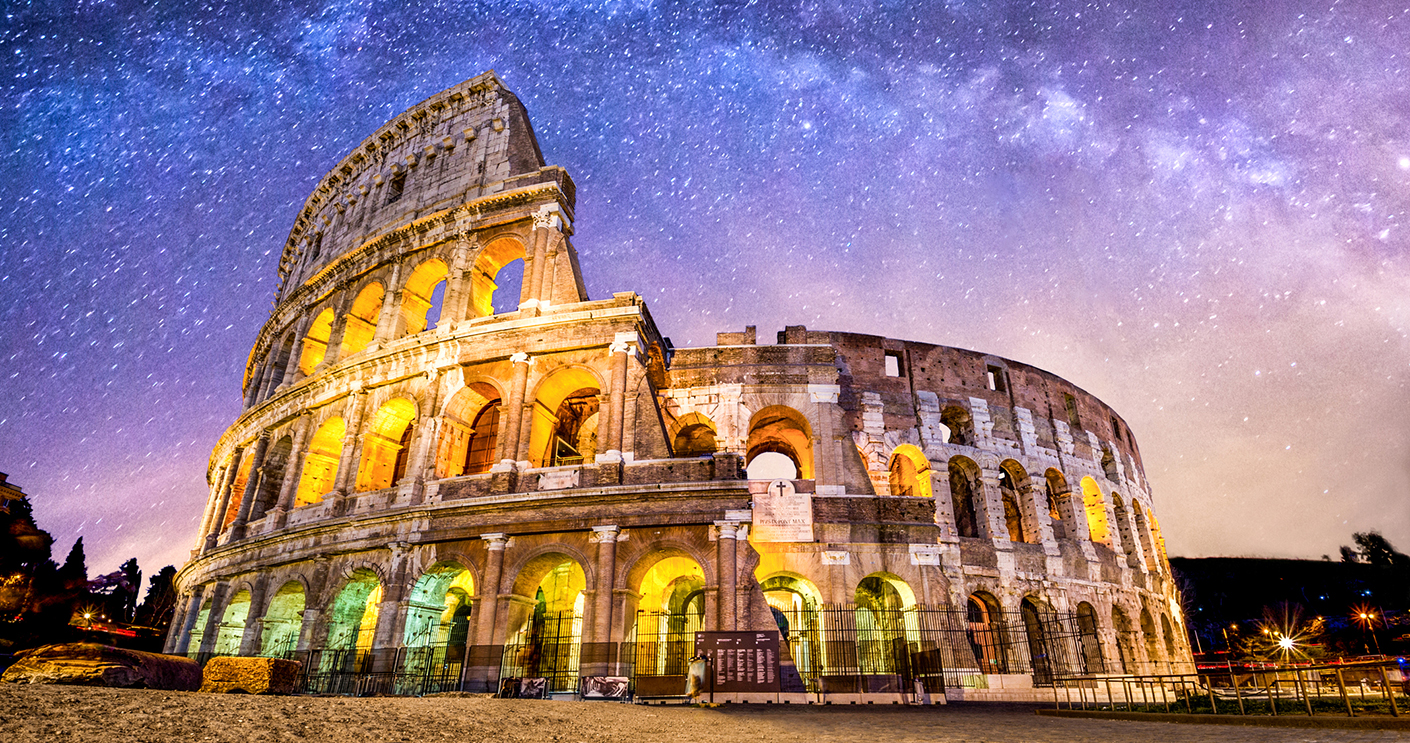Pictures famously paint a thousand words, but rare and precious coins are revealing even more about the ancient city of Rome in an exhibition at Macquarie’s Museum of Ancient Cultures
 The 20-plus bronze and silver coins from the 1st to the 3rd century AD have been released from a high-security vault at Macquarie’s Australian Centre for Ancient Nunismatic Studies for display in the City of Rome exhibition.
The 20-plus bronze and silver coins from the 1st to the 3rd century AD have been released from a high-security vault at Macquarie’s Australian Centre for Ancient Nunismatic Studies for display in the City of Rome exhibition.
They are on show together with 15 prints from the 1600s to late 1900s that depict the ruins of the Roman Forum – for centuries the teeming centre of city life where everything from elections to gladiatorial combat took place.
Portraying harbours, temples, bridges over the Tiber, even a shopping centre and giant drain, the coins provide an almost 360-degree view of what it would have been like to live in the city, says PhD candidate and co-curator Charlotte Mann.
“We have placed them on topographical maps of Ancient Rome so students can look at it and see where in the city those structures were and what they looked like,” says Mann, a Roman coin specialist. Large, high-resolution photographs alongside the maps allow visitors to inspect the coins in all their glorious detail.
“It’s very fine art; some of these coins are extremely small with incredible detail when we look at them under the huge camera – for instance, you can see the berries and leaves of the garlands that hang in the window of the Temple of Janus.”
Professor of Ancient History, Ray Laurence, who curated The City of Rome to support his teaching of a new unit of the same name, says the prints – part of a collection donated to the museum in 2015 – show the gradual revelation of the Forum ruins from the 1600s, when excavations began. A number of them feature Benito Mussolini using the Forum for his own dictatorial purposes.
“It’s fantastic to get the prints out and hang them up so that students can actually look at them, because they were collected very deliberately to show the sequence, and to be a focus for teaching,” Laurence says.
The exhibition is on until May 11.





 Back to homepage
Back to homepage
Comments
We encourage active and constructive debate through our comments section, but please remain respectful. Your first and last name will be published alongside your comment.
Comments will not be pre-moderated but any comments deemed to be offensive, obscene, intimidating, discriminatory or defamatory will be removed and further action may be taken where such conduct breaches University policy or standards. Please keep in mind that This Week is a public site and comments should not contain information that is confidential or commercial in confidence.